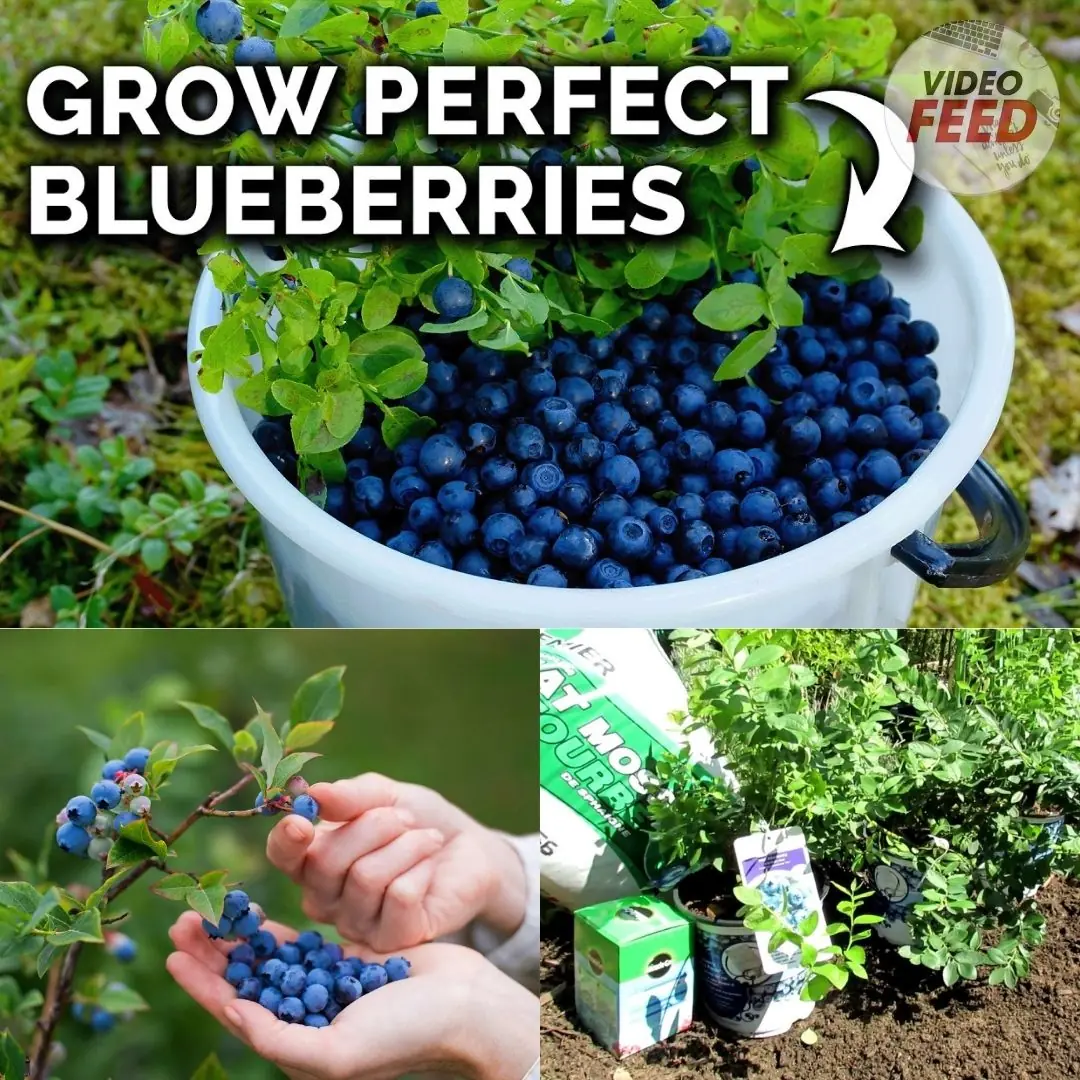
7 Tips For Growing Blueberries in Your Garden
Blueberries are delicious and nutritious fruits, packing a healthy source of vitamins K and C, potassium, and manganese. Better yet they're easy to grow, so you can plant them in the ground as landscape shrubs or grow them in pots as a colorful addition to your patio or balcony.
Blueberries generally have a slow growth rate, taking about 10 years to reach its mature size. Additionally, you will have to wait at least two to three years before you start enjoying a bountiful harvest. Nonetheless, the reward is incredibly sweet and worth the wait.
So, learn the top tips to grow these tiny but mighty fruits in your garden.
1. Choose the Right Variety
You can choose from unique blueberry varieties with different fruiting times, growing sizes, hardiness, and compactness. They are divided into four broad categories you can grow in your garden.
- Northern Highbush: This variety grows well in northern areas such as the US and Canada. It includes 'Duke,' an early-season variety, 'Bluecrop,' a mid-season cultivar, and 'Brigitta,' which produces fruits late into the fall.
- Southern Highbush: Suited for warmer areas of the northern regions and needs cross-pollination. Some options include 'Suziblue,' 'Jubilee,' and 'Magnolia.'
- Rabbiteye: These cultivars require cross-pollination as well, so grow more than one plant. They grow better in southern states and include 'Austin,' with large, firm blueberries, 'Sharpblue,' with firm, dark blueberries, and 'Garden Blue,' with small, light blue fruits.
- Lowbush: Typically growing to about 18 inches tall, the berries have an intense flavor. 'Top Hat' and 'Ruby Carpet' are some of the lowbush cultivars.
2. Select a Suitable Location
3. Maintain the Soil Acidity

Soil acidity is one of the most important parameters to monitor for blueberries. If you notice yellow leaves on the blueberry bush, it can indicate a lack of acidity.
Check the pH with a soil test the previous fall before planting blueberries. If the ground is only slightly acidic, treat it with sulfur chips or peat moss to lower the pH. Just before planting, you can also amend the soil by adding in acidic organic matter, like bracken, pine needles, leafmold, or composted conifer bark.
Mulch with rotted sawdust, pine needles, wood chips, or shredded leaves to maintain the lower acidity as they decompose. Taking the time to mulch your blueberry plants will also keep their shallow roots cool and helps the soil retain moisture.
4. Plant Them Correctly
Blueberries are planted as small, bare-root shrubs that you can order online or buy from your local nursery. It is best to plant them in the ground as soon as you receive them in early spring.
Start by digging a hole in the ground that is slightly deeper than the nursery pot and thrice as wide. Water your blueberry plant in the pot thoroughly and tip it out gently. Place it in the hole and backfill the soil, firming it in place.
Space the plants 3 to 6 feet apart, depending on the variety. Ensure you do not plant them deeper than the depth of the pot they grew in at the nursery. Water well and mulch using a 2 to 4-inch thick layer (with the above mentioned materials), leaving some space around the stem base.
5. Water and Feed for Success

Water your blueberry shrubs regularly to maintain the moisture level in the soil so they produce abundant fruits. A thorough, deep watering once a week should do the trick, but you may have to water more during hot, dry spells.
Once the berries start developing, they require 1 to 2 inches of water weekly. If there has been insufficient rainfall, irrigate the plants manually. Collect rainwater for manual irrigation since tap water can be too alkaline.
Blueberries can benefit from fertilizing once when the leaf buds start swelling and again when the fruits begin to form. Use an organic acid fertilizer, like the one recommended for rhododendrons and azaleas.
You can use sulfur to lower the pH of your garden!
6. Prune Yearly
Pruning helps encourage new growth and keeps the plants in top shape. Prune once annually when the plant is dormant, ideally between February and March.
Remove branches that are dead, diseased, or touching the ground. Also, prune a quarter of old, thick stems, as well as young stems that failed to ripen the previous year. Avoid pruning too aggressively, which can reduce the yield.
7. Reap the Rewards
News in the same category

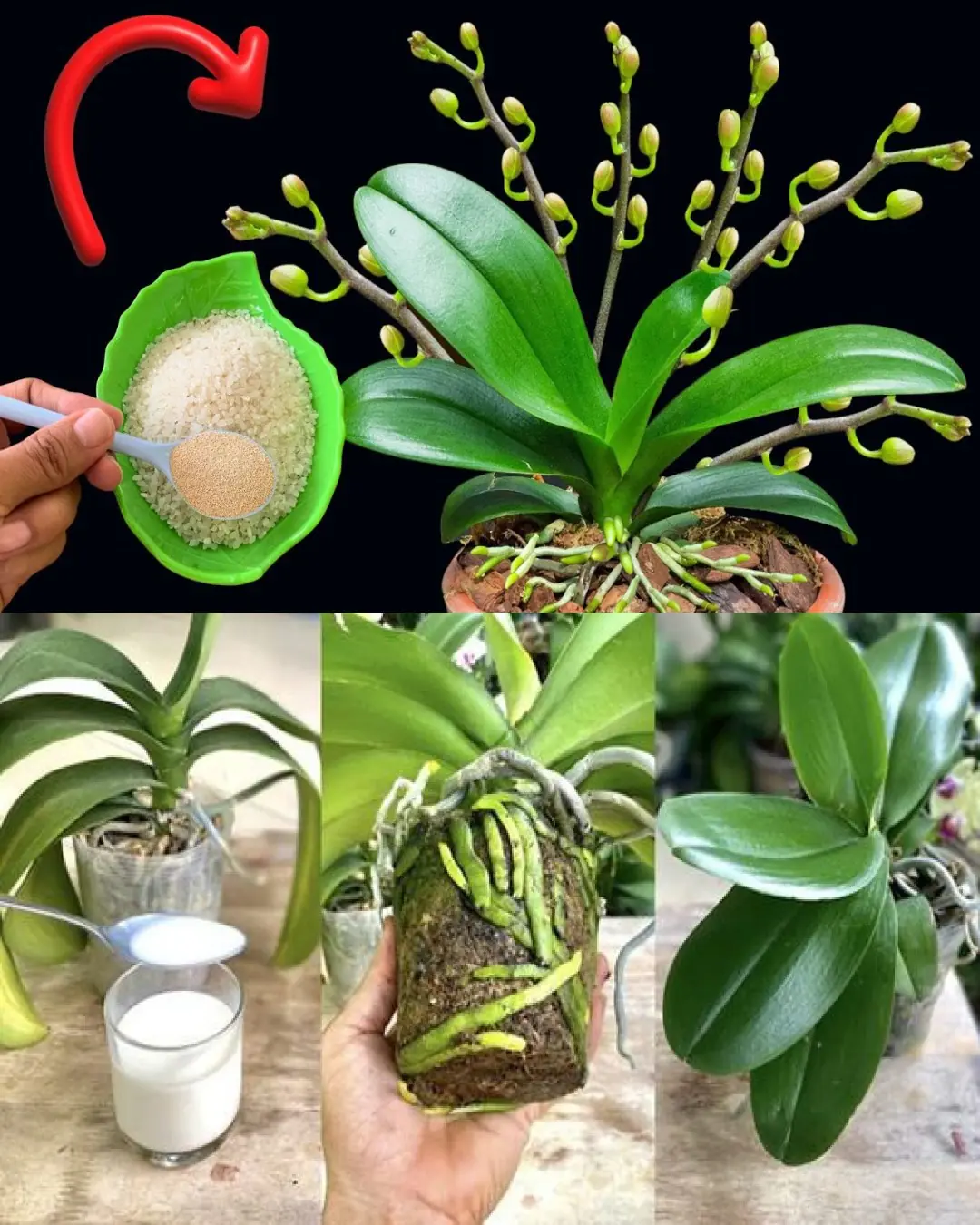
Master the Art of Growing Orchids: Expert Tips for Lush, Long-Lasting Blooms
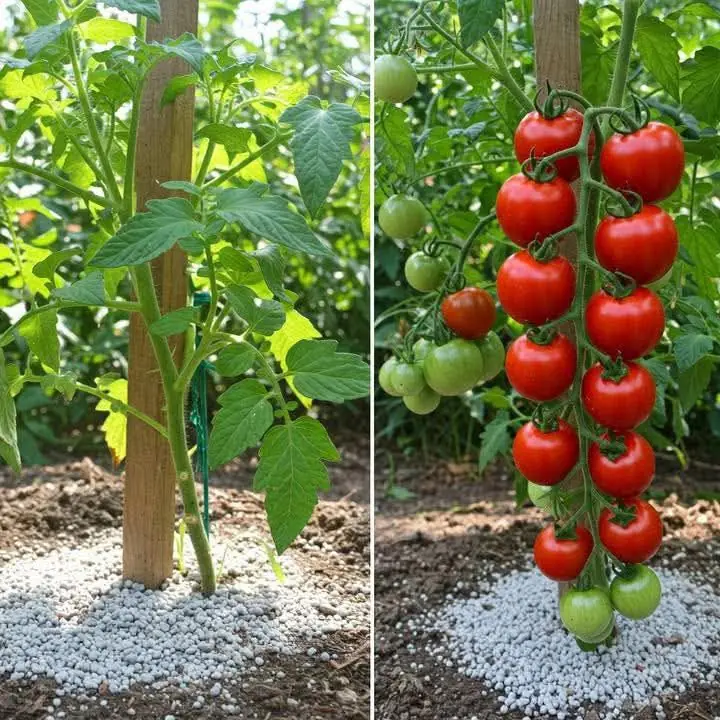
Plant Tomatoes Like a Pro: 8 Ingredients for Super-Sonic Growth

The Romance of a Busy Broker

The Lumber Room
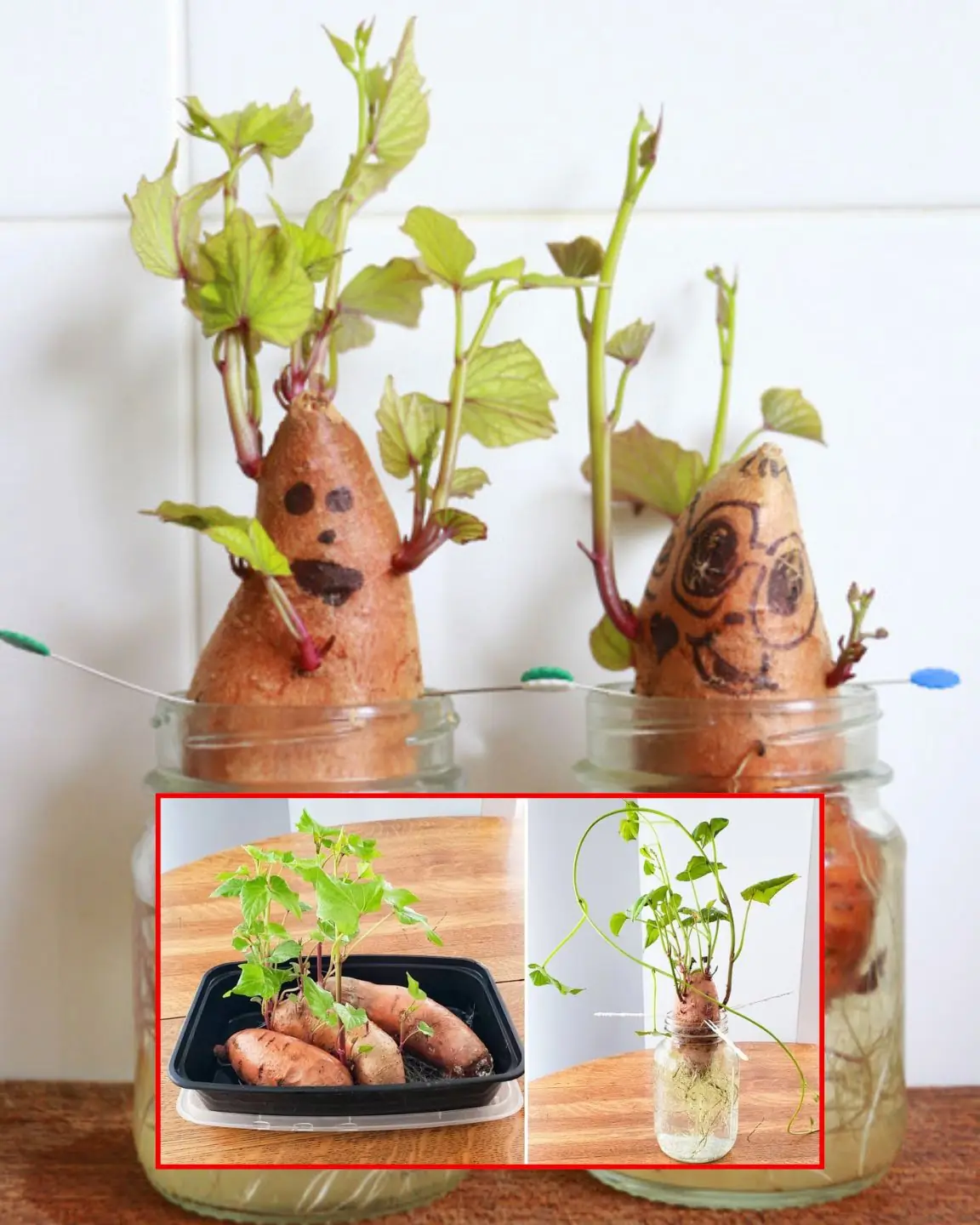
How to Propagate Sweet Potatoes to Grow New Slips
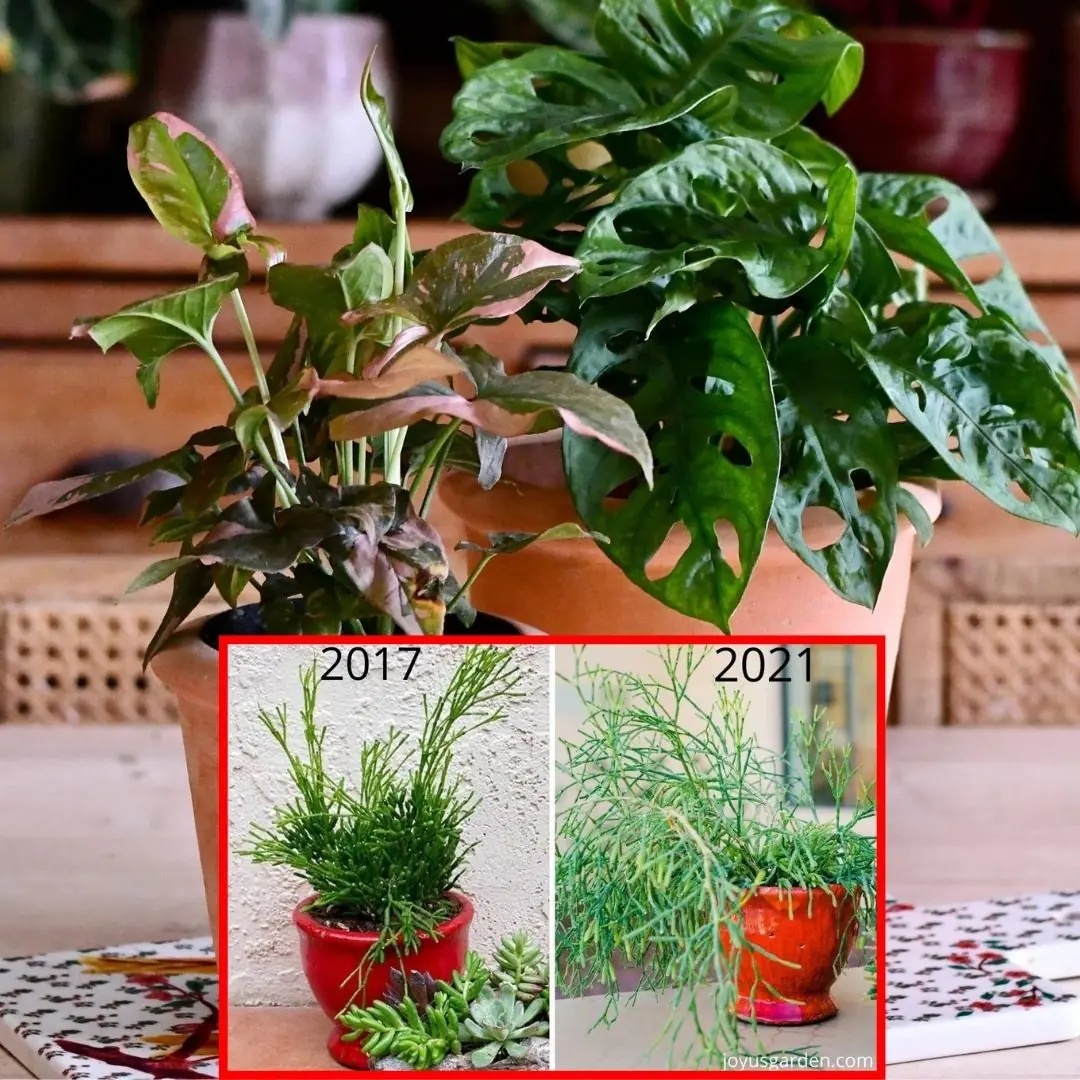
How to Plant Houseplants in a Pot Without Drainage Holes

The Other Wise Man
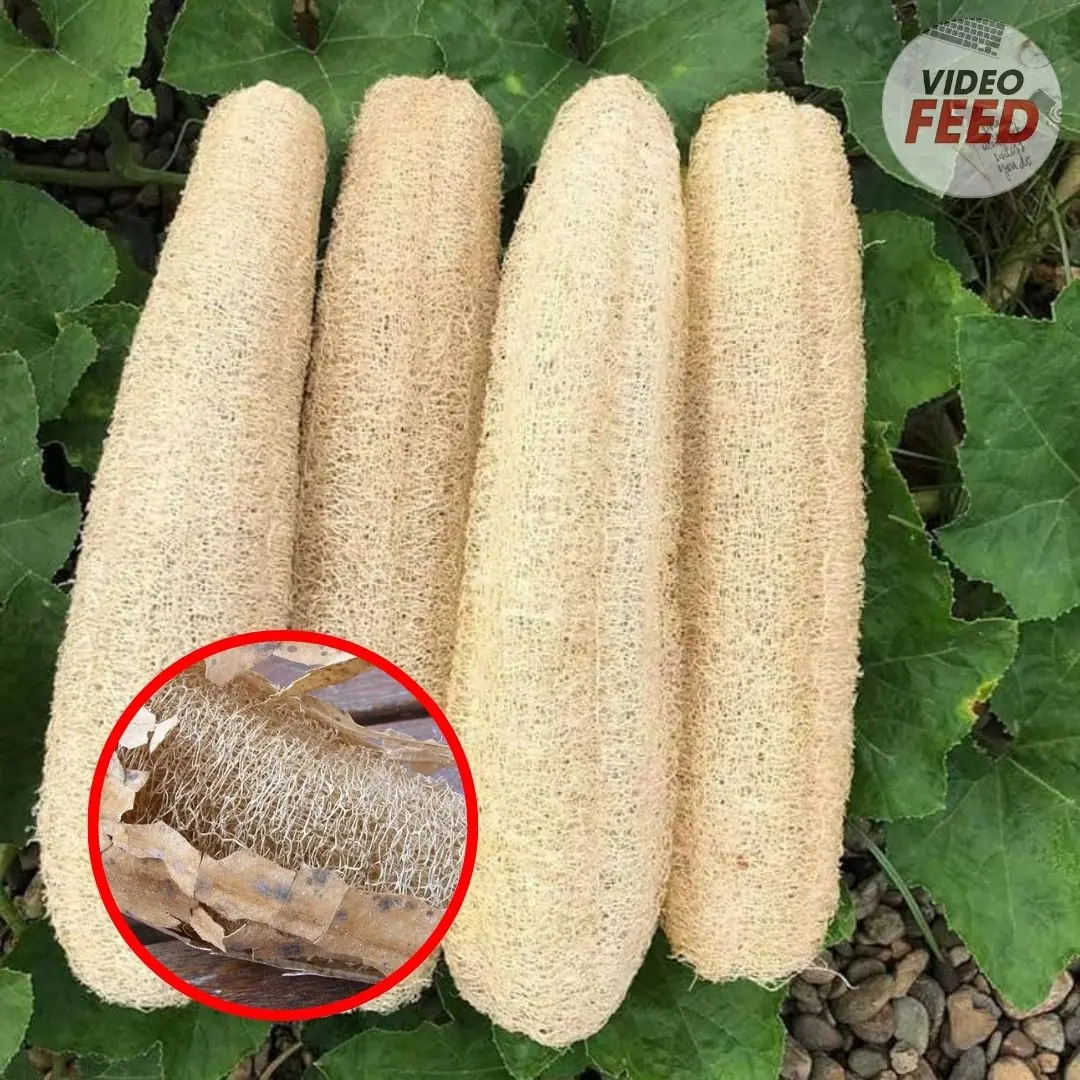
Growing loofah gourds: Learn how to grow your own loofah sponges

The Gospel According To Joan
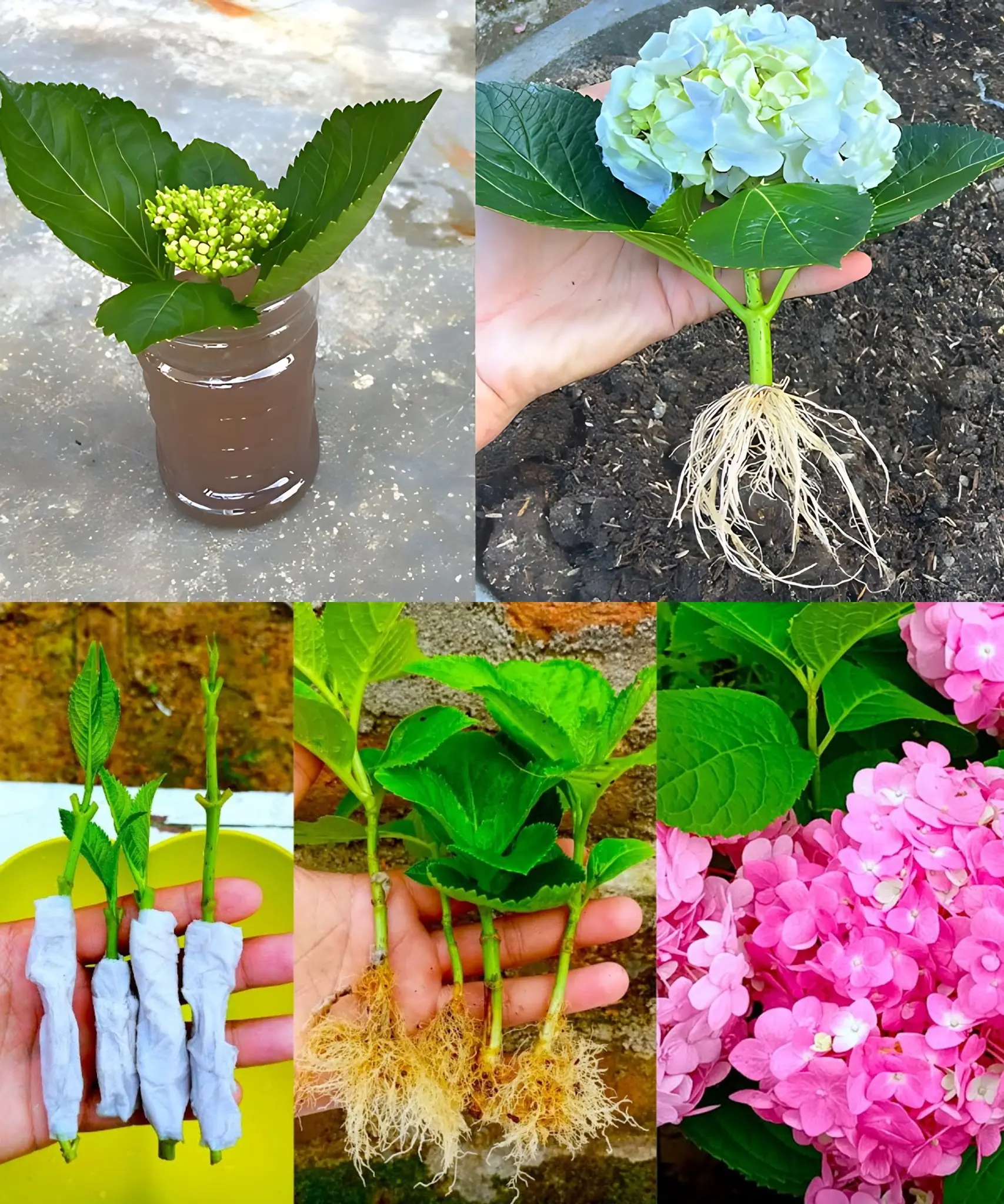
Growing hydrangeas from cuttings

The Cats of Ulthar

The Unkindest Blow
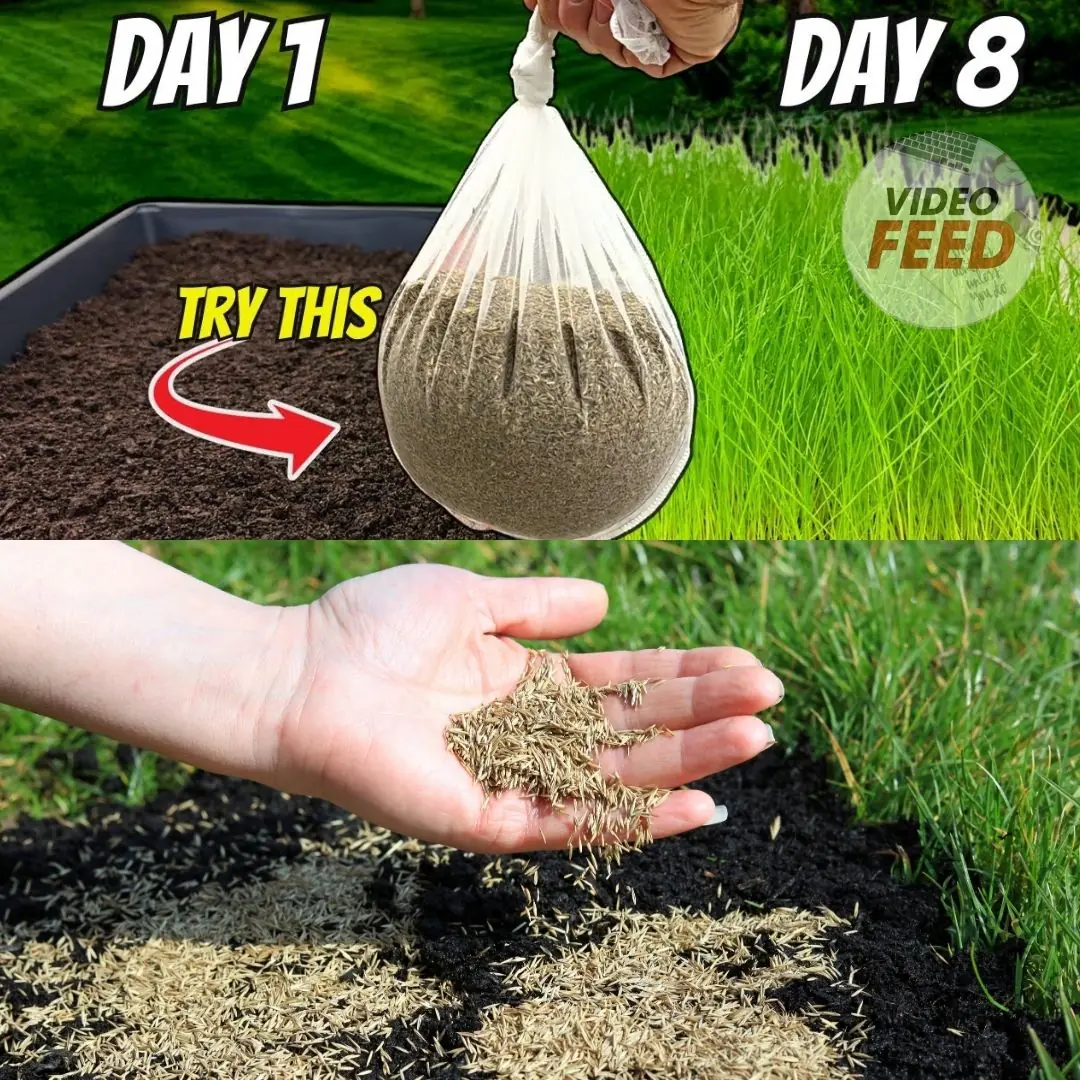
How to plant grass seed: A simple guide to success

A Stolen Christmas
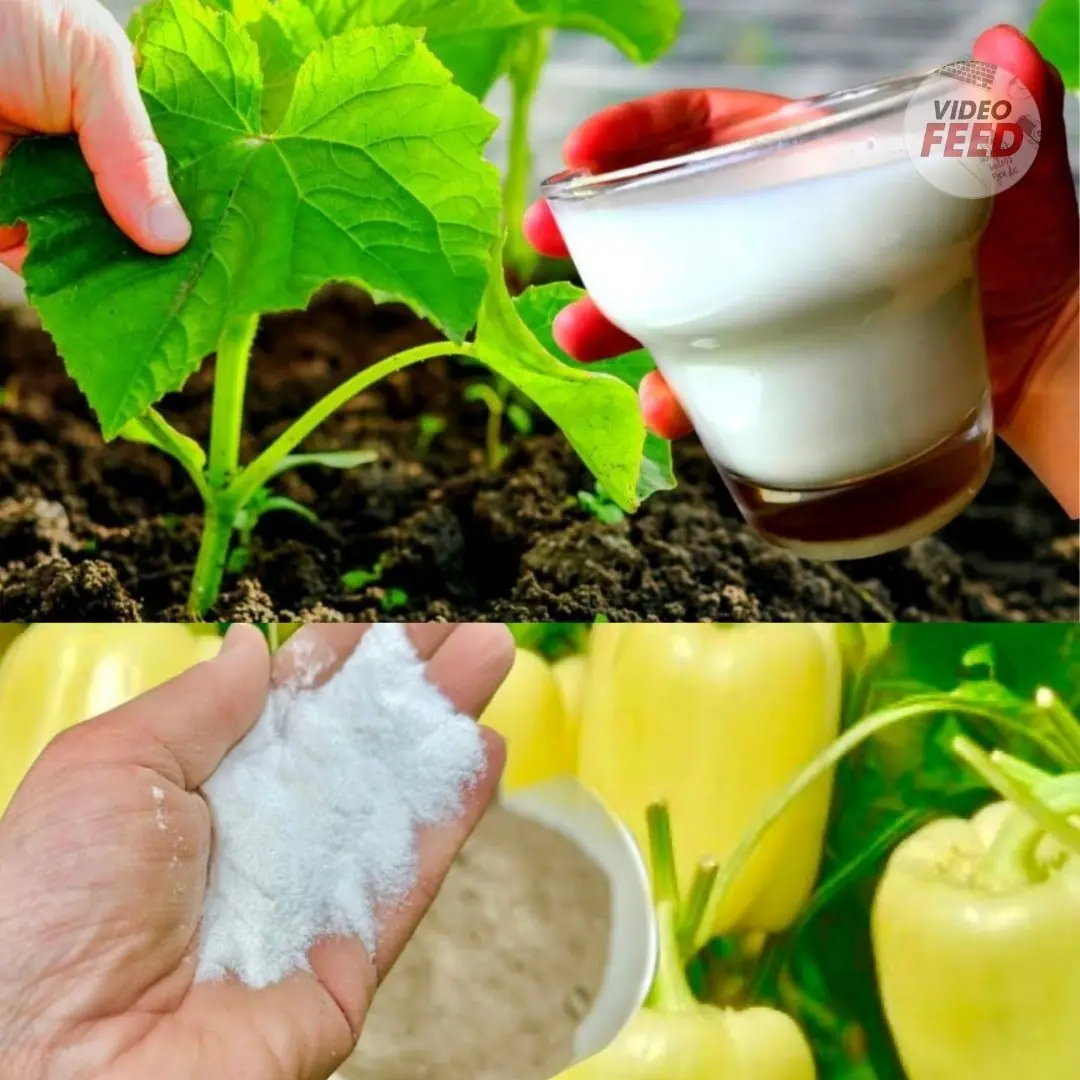
Baking Soda Magic: 10 Clever Ways to Use It in Your Garden

The truth left me in tears

Merry Christmas
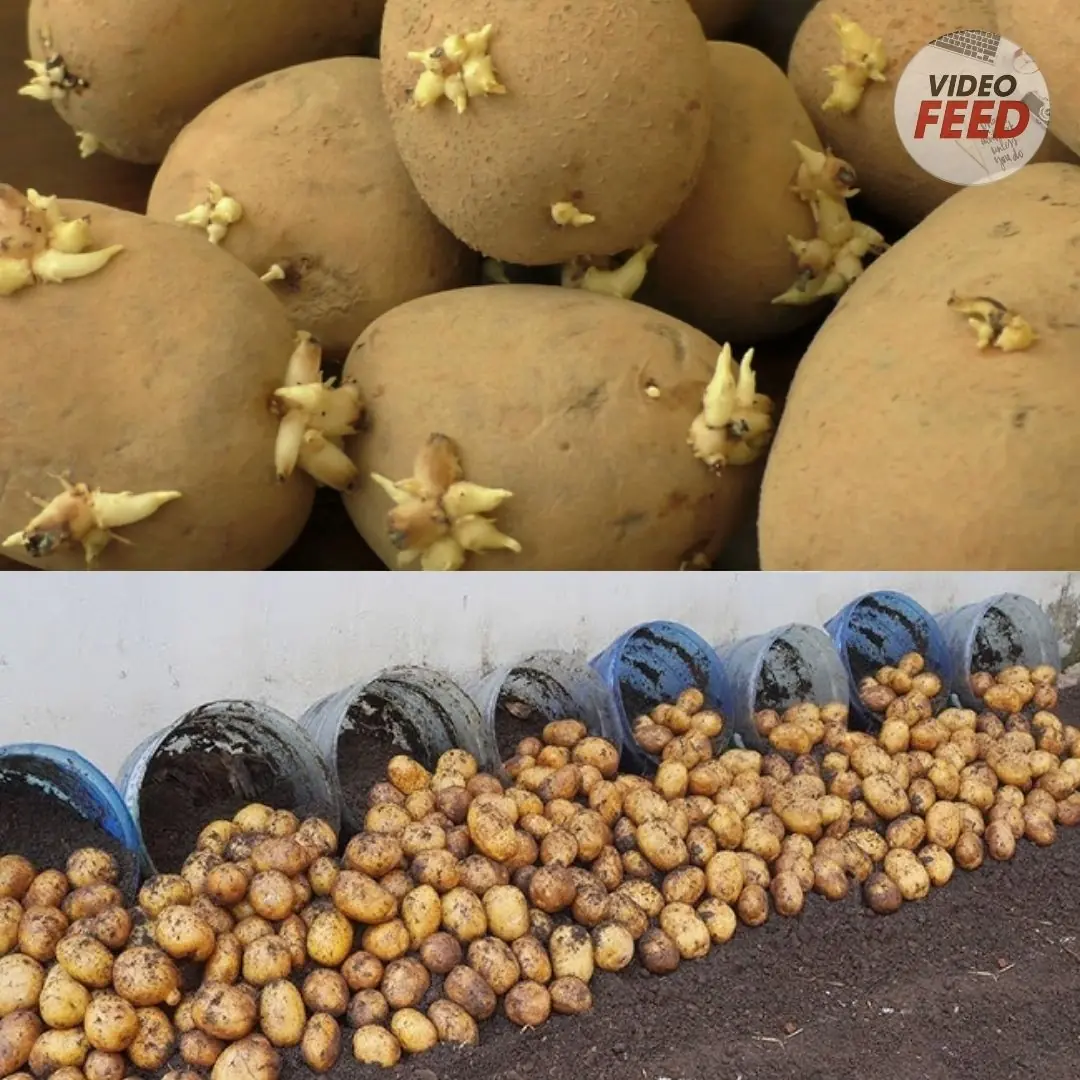
Growing potatoes in containers is easier than you think—check out these top tips!
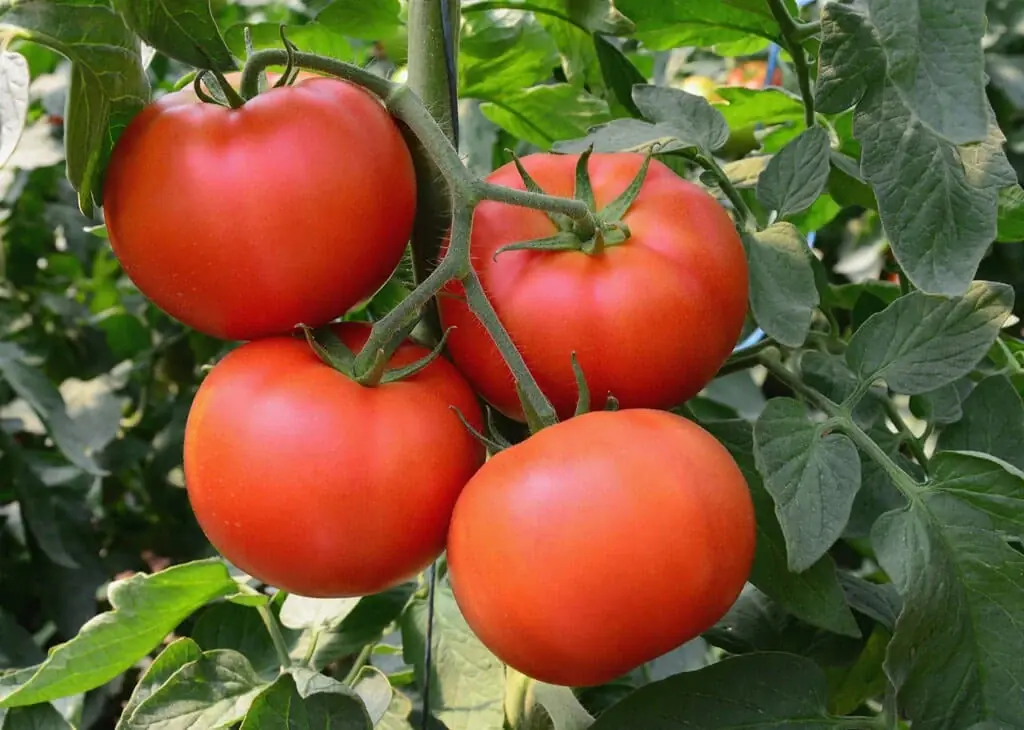
12 Super Tips for Growing Tons of Tomatoes
News Post

3 Highly Nutritious Parts of a Pig: Don’t Hesitate to Buy Them When You See Them at the Market
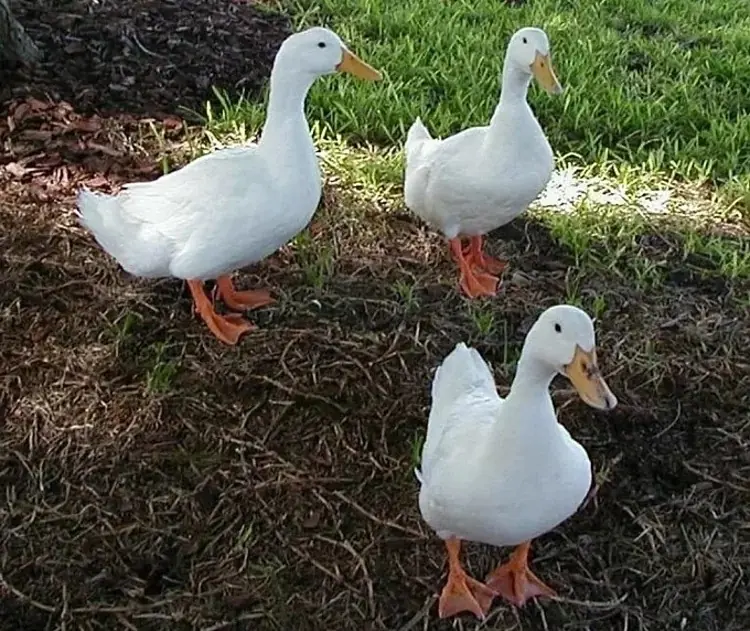
Can you see all four ducks, or do you need 20/20 vision like me?
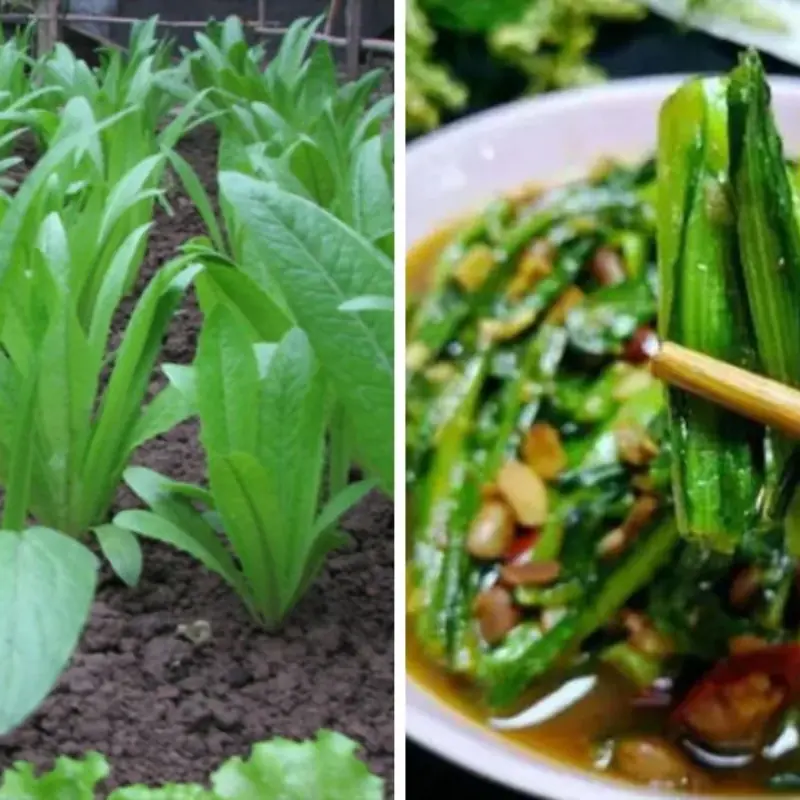
This 'Humble' Vegetable Contains 36 Times More Calcium Than Bone Broth

Can Covid-19 be transmitted through masks and clothes? The expert's answer is surprising

5 food and drink combinations that are good for both the liver and kidneys
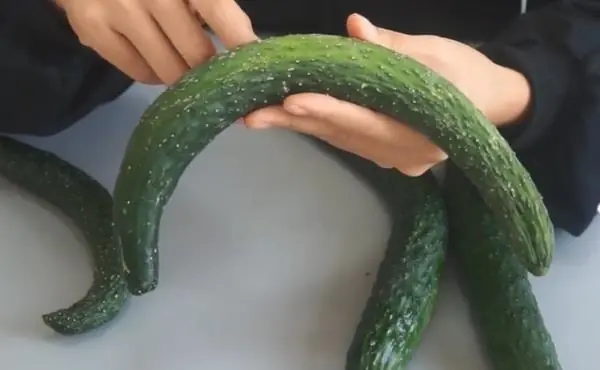
Are straight or curved cucumbers better? My mother's 40 years of experience growing vegetables is summarized in 3 things

Cousin Tribulation's Story
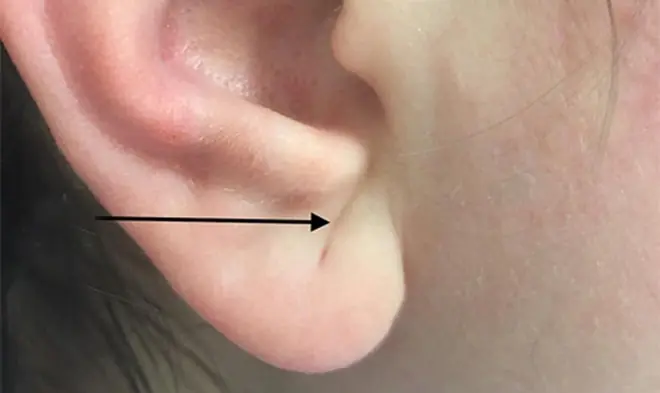
3 abnormalities that everyone thinks are skin problems but are actually trying to expose heart disease
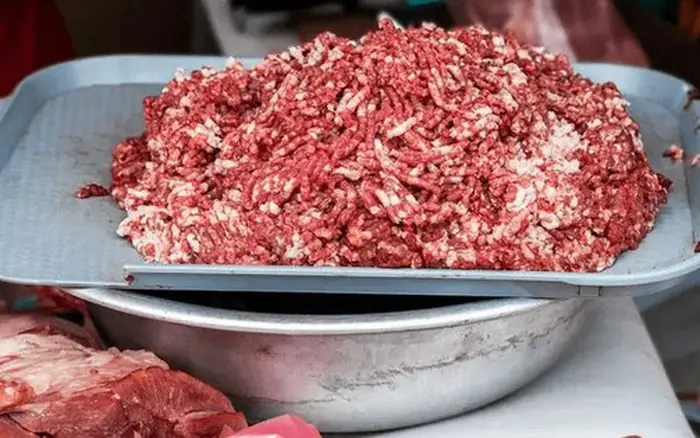
When you go to the market and see these 4 items, you must consider carefully before spending money to buy them and bring them home

Doctors rate this as "the best fruit of the 21st century", better than ginseng, people grow a lot of it in the corner of their garden but rarely eat it.

Warning about habits that contaminate food with more than 490,000 microplastic particles

Master the Art of Growing Orchids: Expert Tips for Lush, Long-Lasting Blooms

Look at your nails to detect health problems

Plant Tomatoes Like a Pro: 8 Ingredients for Super-Sonic Growth

What happens if you hold in your fart?

The Romance of a Busy Broker

The Lumber Room

How to Propagate Sweet Potatoes to Grow New Slips

How to Plant Houseplants in a Pot Without Drainage Holes

